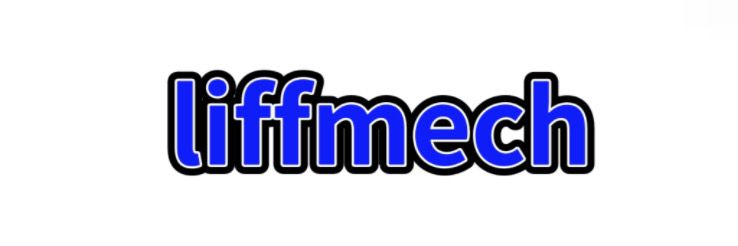OEM Prototype vs Traditional Investment Casting: Which Reigns Supreme?
May. 06, 2025
The world of manufacturing has seen significant advancements over the years, particularly in the methodologies used to create prototypes. One area that has evolved remarkably is investment casting, a process known for its precision and ability to produce complex geometries. As the need for high-quality prototypes increases, manufacturers find themselves weighing the merits of OEM (Original Equipment Manufacturer) prototype investment casting against traditional methods. In this article, we’ll explore these two approaches and determine which one best suits various production needs.
If you are looking for more details, kindly visit OEM prototype investment casting solution.
Understanding Investment Casting
Investment casting, often referred to as lost-wax casting, is a versatile manufacturing process used to create intricate metal parts. This technique involves creating a wax model that is then coated with a ceramic shell. Once the shell hardens, the wax is melted away, leaving a hollow cavity into which molten metal is poured. The result is an exceptionally detailed part with a smooth surface finish.
What is OEM Prototype Investment Casting?
OEM prototype investment casting is a specialized form of this technique, tailored for companies seeking to develop prototypes based on their unique specifications. This method emphasizes customization and efficiency, allowing manufacturers to create parts that closely resemble the final product. By using OEM services, companies can leverage expert knowledge in design, materials, and production processes to achieve the most effective results.
Key Features of OEM Prototype Investment Casting:
- Tailored Designs: OEM services allow for customization, accommodating specific design requirements.
- Material Variety: A wide range of materials can be used, including steel, aluminum, and exotic alloys.
- Rapid Prototyping: The process is streamlined, leading to faster turnaround times for prototypes.
Traditional Investment Casting: A Proven Method
On the other hand, traditional investment casting has long been a staple in the manufacturing sector. This method provides reliable results for mass production and is frequently used for industries such as aerospace, automotive, and medical devices. This process often involves creating several prototypes and refining them through multiple iterations.
Advantages of Traditional Investment Casting:
- Established Processes: Proven methodologies contribute to quality assurance and reliability.
- Cost-Effectiveness: For larger production runs, traditional methods may offer lower costs per unit.
- Industry Familiarity: Many manufacturers are already comfortable with traditional casting techniques.
Comparing the Two Approaches
Precision and Detail
When it comes to creating intricate designs, OEM prototype investment casting shines. The customization it offers allows for sharper details and more elaborate shapes that traditional methods may struggle to replicate. This is particularly beneficial for industries where precision is crucial, such as aerospace and medical applications.
Are you interested in learning more about investment casting? Contact us today to secure an expert consultation!
Turnaround Time
In today’s fast-paced market, speed is vital. OEM prototype investment casting typically offers shorter lead times due to its streamlined processes. Traditional investment casting, which might involve lengthy iterations and adjustments, could slow down the production of prototypes. Companies needing rapid feedback and development may find OEM casting to be the superior choice.
Cost Considerations
Cost is often a deciding factor in manufacturing. While OEM prototype investment casting may come with a higher upfront investment due to its customization capabilities, it often leads to cost savings in the long run. The ability to create a near-final product reduces the need for extensive rework, making it a potentially more economical option. On the flip side, traditional casting can be more cost-effective for large-scale production, where the set costs are distributed over many units.
Final Thoughts: Which Method is Right for You?
The decision between OEM prototype investment casting and traditional investment casting ultimately depends on your specific needs. If you are looking for speed, precision, and a high level of customization, OEM casting is likely the way to go. However, if you're working on a project with established designs and require cost-effective mass production, traditional investment casting might be more suitable.
In conclusion, both methods possess unique strengths that cater to different manufacturing demands. By understanding the nuances of each approach, companies can make informed decisions that align with their product development goals. No matter which method you choose, investment casting remains a powerful tool in the quest for high-quality, precision-engineered components.
Contact us to discuss your requirements of Custom shell mold casting process solution. Our experienced sales team can help you identify the options that best suit your needs.
137
0
0


Comments
All Comments (0)